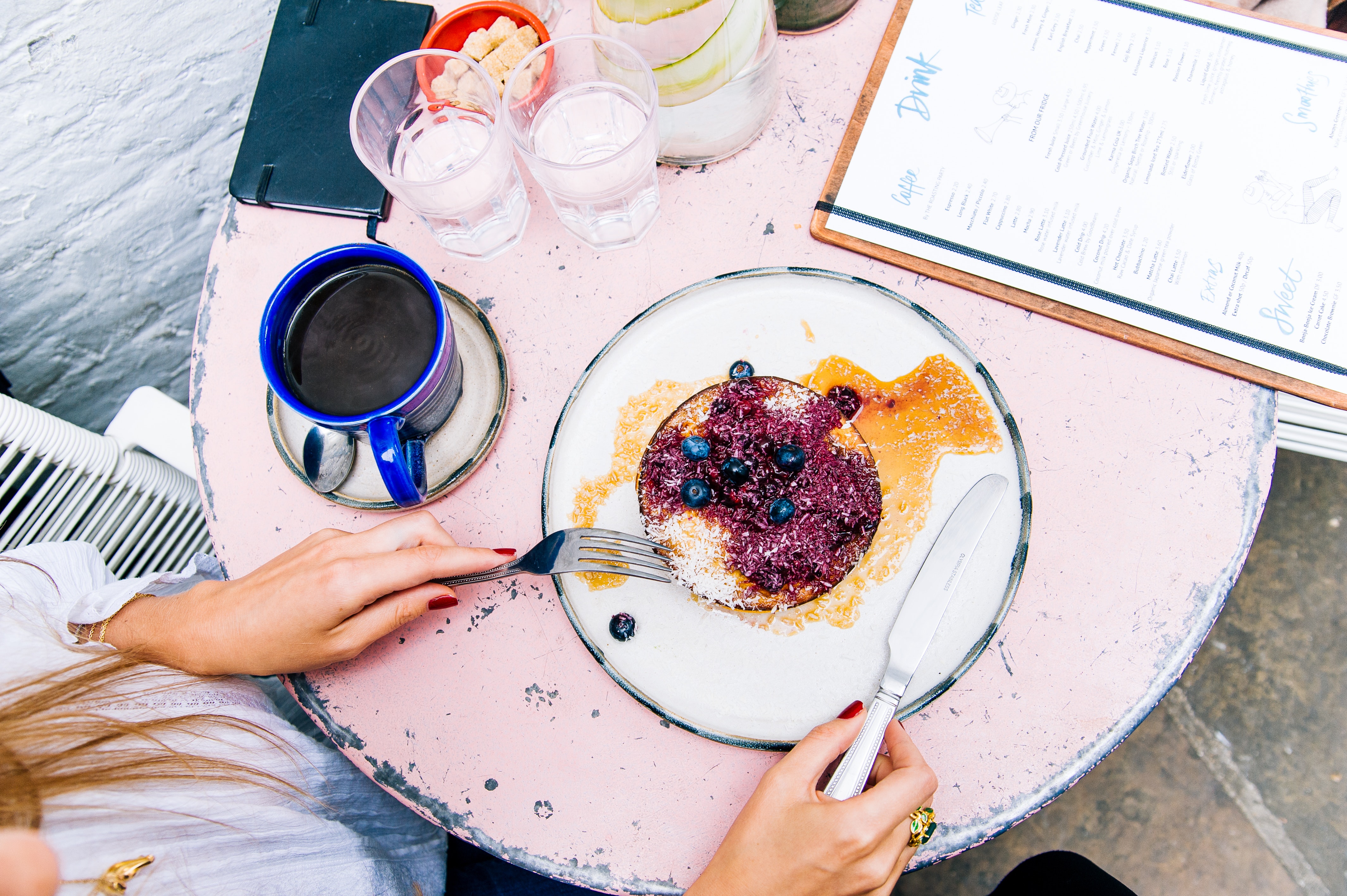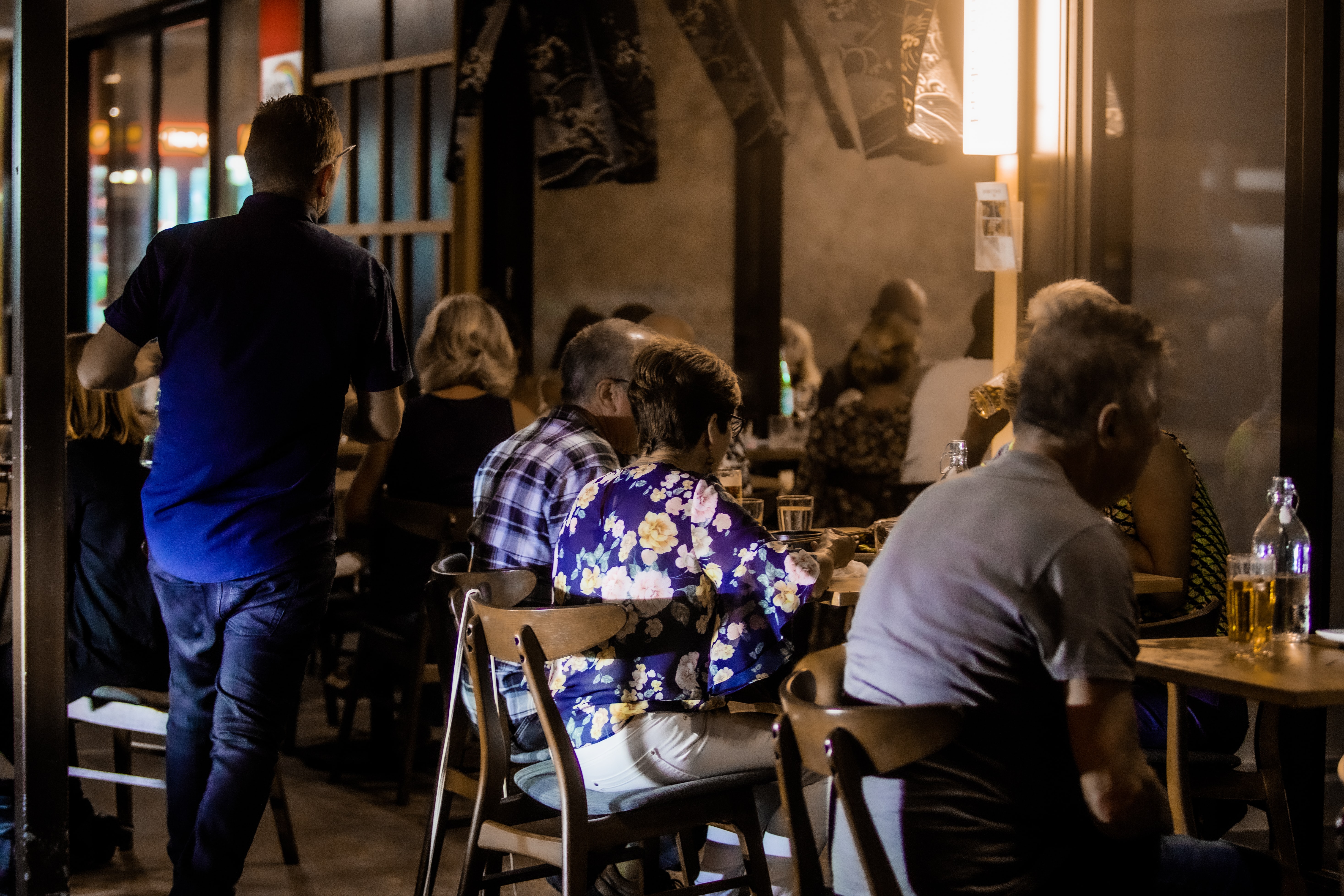You can have the most talented chef, rustling up the most delicious dishes in the UK, but if your menu doesn’t translate that, then you’ll never get to prove it.
More than just a list of dishes, your menu is an invaluable driving force for your cafe or restaurant’s success. To get customers through the door in the first place, you’ll need to lure them in with a well-written, and well-designed menu.
So what best practices should you be looking at in 2020 for your food menu design? We’ve listed our top six menu must-haves, to make users salivate at every look.
Understand reading habits
Over the years, research has tried to understand how consumers read menus and how restaurant owners can capitalise on these habits, to sell higher value items.
It was previously believed that the right-hand corner was the ‘sweet spot’ of the menu– a.k.a. where a reader’s eyes will divert to first, and, if you do a great job with your copy, stay the longest. However, more recent studies have dispelled this myth, suggesting that diners don’t tend to read a menu any differently than they would a book— from left to right.
Considering this, if you have a particularly large menu, it may make sense then to split your page into thirds and have a separate menu for drinks.
You may want to use the left-hand side to starters snacks and ‘lite-bites’, the middle section for main dishes, starting with the lighter bites at the top and moving downwards to heavier (and more expensive) dishes. The right-hand side will inevitably still include main dishes and then run down to the lower profit dishes such as desserts and coffees.
If your menu is relatively small, rather than choosing to split things up horizontally, keep things simple and central, listing your dishes from starters to desserts and coffees vertically in list form.
Typography matters
Readability is crucial for menus, especially if you’re operating in an area with high levels of tourism, and your diners may not typically use English as their first language.
In order to keep things legible, make sure your font size is a minimum of 10-12 on print for names of dishes and 8-10 for lists of ingredients.
When it comes to choosing a font, it’s best to avoid anything too grandiose and stick to something simple, which can be used across the whole of your business branding.
Some menus use different font styles to differentiate sections, as this is an easy way to save your customers time when scanning the menu. Yet when it comes to typography, instead of chopping and changing, which can be highly distracting, we would recommend sticking to three different fonts maximum.
Remove the clutter
Minimalism is a trend that has remained popular throughout the past few years, and with good reason. Decluttering allows people more clarity and when it comes to a menu. It helps alleviate the pressure of ‘the burden of choice’. In other words, the paralysing moment when customers feel overwhelmed by the number of dishes on your menu.
As well as refining your food offering, think about other elements of design that could be distracting for diners. Consider scaling back or streamlining things like boxes, illustrations, or too much unnecessary copy– basically anything that makes it harder, or longer for people to make a choice.
Make things easy
Making your menu easy for customers isn’t just about making it minimal. Think about your guests that may have specific dietary requirements, such as gluten or dairy-free or vegetarianism/veganism.
Instead of listing those dishes among the other items, making it more difficult for customers to find, why not consider pulling these items out into their own sections on the menu – or even a separate smaller menu. This means customers won't waste time reading things that they can’t have.
Highlight value
You can still have a minimalist menu which uses subtle design elements to call out good value. For example, if you have themed nights with special discounts e.g. ‘meat-free Mondays’ or ‘taco Tuesdays’ make sure that these deals are called out visually. Don't forget to highlight the price differences on these days.
Other pricing research suggests that instead of placing dishes that are all a similar price, you should mix them up by placing higher priced dishes next to mid-range ones. This way you highlight the value of your mid-range dishes, making them look like more of a bargain.
Another tip when it comes to pricing is to avoid using currency signs altogether. A previous test at Cornell University proved that those who received a menu without currency signs, as opposed to those with dollar signs, on average spent more.
Think digital
OpenTable revealed that 86% of people regularly check out a menu online, before they decide to dine at a restaurant. This shows the importance of designing a menu which works on your website, either as standalone content on a page, or a downloadable PDF.
To reinforce this, another piece of research from 2019 showed that 77% of diners will visit a restaurant’s website before they dine there. Perhaps more shockingly, however, almost 70% of diners were put off visiting somewhere based on their website, stressing the importance of your digital brand identity and trust.
This means that your website is an important part of your user’s journey. While you may not take orders from there or use it for any ecommerce, it may impact your footfall.
Tips for your digital menu:
- Increase font size or even style, to ensure readability
- Depending on your CMS and content, consider using a PDF which opens onto a new tab
- Ensure that your menu is mobile responsive, so readers can access it on the move
- Keep the layout simple, to avoid over-scrolling and messing navigation
- Keep it updated with specials and current promotions
As well as using your website to showcase your menu, why not try using a business Instagram to show hungry foodies just what you can offer!
Ready to take your restaurant into the future with reliable and effortless payments? Find out about Dojo card machines today.

